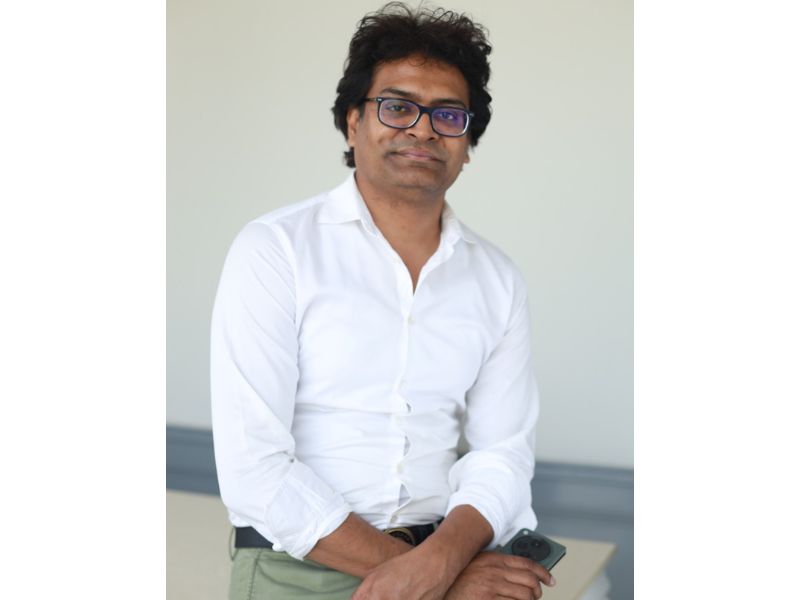No products in the cart.
How EdTech is Empowering Rural India
Neeraj Kansal, CEO & Founder, Crack Academy
India’s education landscape is marked by stark contrasts. In urban centres, children as young as ten are coding, attending global webinars, and preparing for careers that didn’t exist a decade ago. Meanwhile, many rural schools still lack basic infrastructure—no electricity, no trained teachers, sometimes not even a blackboard. This divide isn’t just about technology—it’s about access and opportunity.
The data tells a sobering story. According to the Unified District Information System for Education (UDISE), over one million teaching positions remain vacant. In some government secondary schools, a single teacher manages a class of 47 or more—an unrealistic burden. Add to that lessons delivered in unfamiliar languages, patchy internet, erratic electricity, and limited access to devices, and the reality becomes clear: for millions, digital learning remains out of reach.
The COVID-19 pandemic didn’t cause this divide, but it did magnify it. Urban students shifted smoothly to online learning; rural students often dropped out. Yet, even in the midst of this crisis, sparks of change began to emerge.
In a village near Jhansi, a Class 10 student used a second-hand phone and free YouTube lessons in Hindi to prepare for her board exams. In Tamil Nadu, a farmer’s son studied for NEET using borrowed earphones after finishing his chores. These stories are no longer exceptions. From Sikar to Samastipur, students are turning to mobile-first EdTech platforms offering vernacular content and AI-powered learning tailored to their pace.
This quiet revolution is being fuelled not just by content, but by contextualised learning. The most impactful EdTech platforms are those that speak the language of their users—literally and figuratively. They deliver lessons in Bhojpuri, Marathi, and Odia, use familiar examples to explain complex ideas, and replace elite models with relatable narratives. The results are tangible: students from Tier-3 towns are cracking JEE and UPSC—not by moving to coaching hubs, but because coaching has come to them.
Government support has been instrumental. Initiatives like BharatNet and Digital India are improving infrastructure. Schemes such as PM eVidya and DIKSHA are democratising access to high-quality educational content. Public-private partnerships are providing solar-powered tablets to schools without electricity, while affordable smartphones and expanding 4G networks are bridging the connectivity gap.
At the heart of this ecosystem are teachers. Far from being resistant, many are simply under-equipped. With the right tools—blended learning support, teacher training modules, and accessible digital resources—educators are stepping up to meet the moment. When teachers grow, students flourish.
Perhaps most inspiring is the shift from passive consumption to active creation. In parts of rural India, children aren’t just watching videos—they’re coding, building apps, and exploring robotics. State-run schools are launching AI labs and maker spaces, enabling students to turn curiosity into capability. It’s no longer about catching up with the cities—it’s about unlocking the potential that has always existed.
EdTech is not a replacement for traditional classrooms; it is a reinforcement. It’s a bridge, not a bypass. To truly empower Bharat, we need solutions that are inclusive, grounded in local realities, and shaped by those they are designed to serve.
The future of education in India isn’t about replicating urban models—it’s about reimagining learning for every child, everywhere.
Also Read: India’s Higher Education Needs a Skill-First Reset















Add comment